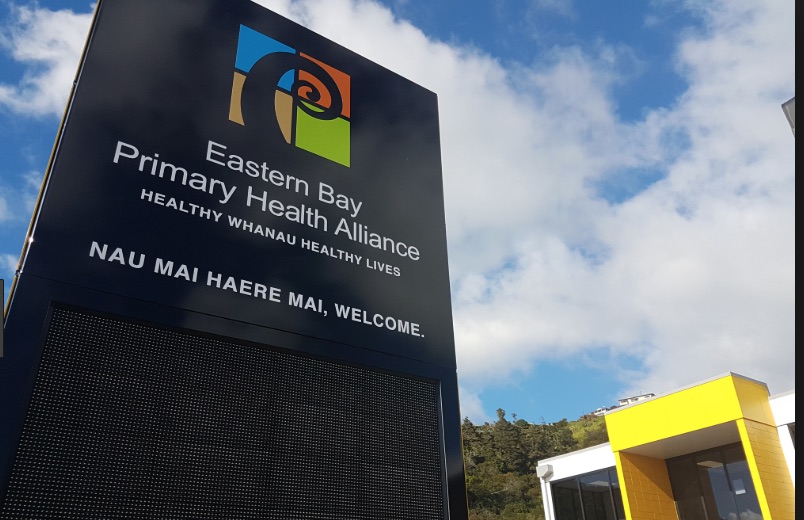There is immense change across the Whakatane and Eastern Bay of Plenty health sector at the moment. Primary Care and GP Practices, Homebase Support and District Health Boards are all undergoing significant transformation.
Potential outcome—targeted healthcare policies and practices for Eastern Bay of Plenty communities will be marginalised if not overridden altogether.
For the younger folk, we must disrupt. For us older ones, time to go to the mattresses.
Our Eastern Bay of Plenty Primary Healthcare Alliance (PHA) have had a tough time recently. The Green Cross Practices (Phoenix, Kopeopeo and Total Health) left the PHA last year to instead enrol with a Tauranga consortium.
But to the credit to the PHA, they have undertaken a review and made some strong decisions in the best interests of the Eastern Bay of Plenty. The Board itself has been restructured and core business has been reaffirmed. At the same time, they have rebuilt relationships and created a more inclusive culture with local practices.
This will likely arrest any further practices moving across to Tauranga. It should also give pause to those driving discussions around merging Primary Healthcare Organisations across the Bay of Plenty.
Fundamentally, the Eastern Bay for Plenty community is reasserting the principle that we should control and oversee our own healthcare.
We have our own clinical complexities, demographics, rural and deprivation factors, Māori well-being requirements that are not found anywhere else—and nor should be subsumed under a model that incorporates populations that will ultimately dilute ours.
On the contrary, the PHA should argue the case to pick up the management of Whakatane Hospital to design and mobilise a truly comprehensive integrated primary care approach for the Eastern Bay of Plenty. Our community deserves this and all the local authorities including the District Council and Toi EDA should all get behind this.
For those healthcare providers in the Homebased Support Services sector we have already learnt the hard way. A new single model for the whole Bay of Plenty was designed and implemented in 2016. It did not work. The Eastern Bay of Plenty quickly became an anomaly and formulas were not able to cope with the high-risk, Māori, rural complexities that we are all too familiar with.
The BOP District Health Board have acknowledged the Homebase model is not working—and are genuinely reworking the model in good faith. It would be worthwhile if the good folk in the Homebase part of the BOPDHB invited their colleagues in the PHO part out for a coffee and told them, yeah, nah, Eastern Bay needs their own model.
The fight to retain control of our own Healthcare is likely to be a protracted one. There are so many reviews or enquires into healthcare at the moment—Ministerial reviews, Parliament Select Committee Reviews, Waitangi Tribunal Hearings. We are also awaiting the outcome of the Mental Health Review that was completed recently.
There have been some discussions in Wellington around reducing the number of DHBs across the country to create more efficiencies. This will likely mean BOP and Waikato DHBs merging. Given this Governments approach to merging all 16 polytechnics across the country into one, it is not unusual to expect an option like this to be considered.
Hopefully, reasserting the principle of controlling our own healthcare in the Eastern Bay will not have to be repeated and renegotiated too many more times.
Māori have been calling for an alternative kaupapa Māori based healthcare system for decades, which have been at the heart of their submissions to respective reviews and hearings recently, that reinforces this same principle.
Refreshingly this principle, and wider approach to healthcare, also appears in the Draft BOPDHB Māori Heath Strategy called Te Toi Ahorangi. Alongside addressing issues of equity, systematic disadvantage and advancing oranga models of care and well-being, it empowers communities to collaborate and take responsibility for their own healthcare. Moreover, it recommends investment in research and leadership to ensure sustainability is achieved. We all need to get behind this strategy.
There is no doubt our health sector will undergo major reform in the near future. It does not necessarily have to remain an undesirable process. We should use these reforms to not only demand, but build and invest, in a stronger Eastern Bay of Plenty healthcare model.
Published in the Whakatane Beacon on 14 May 2019.







